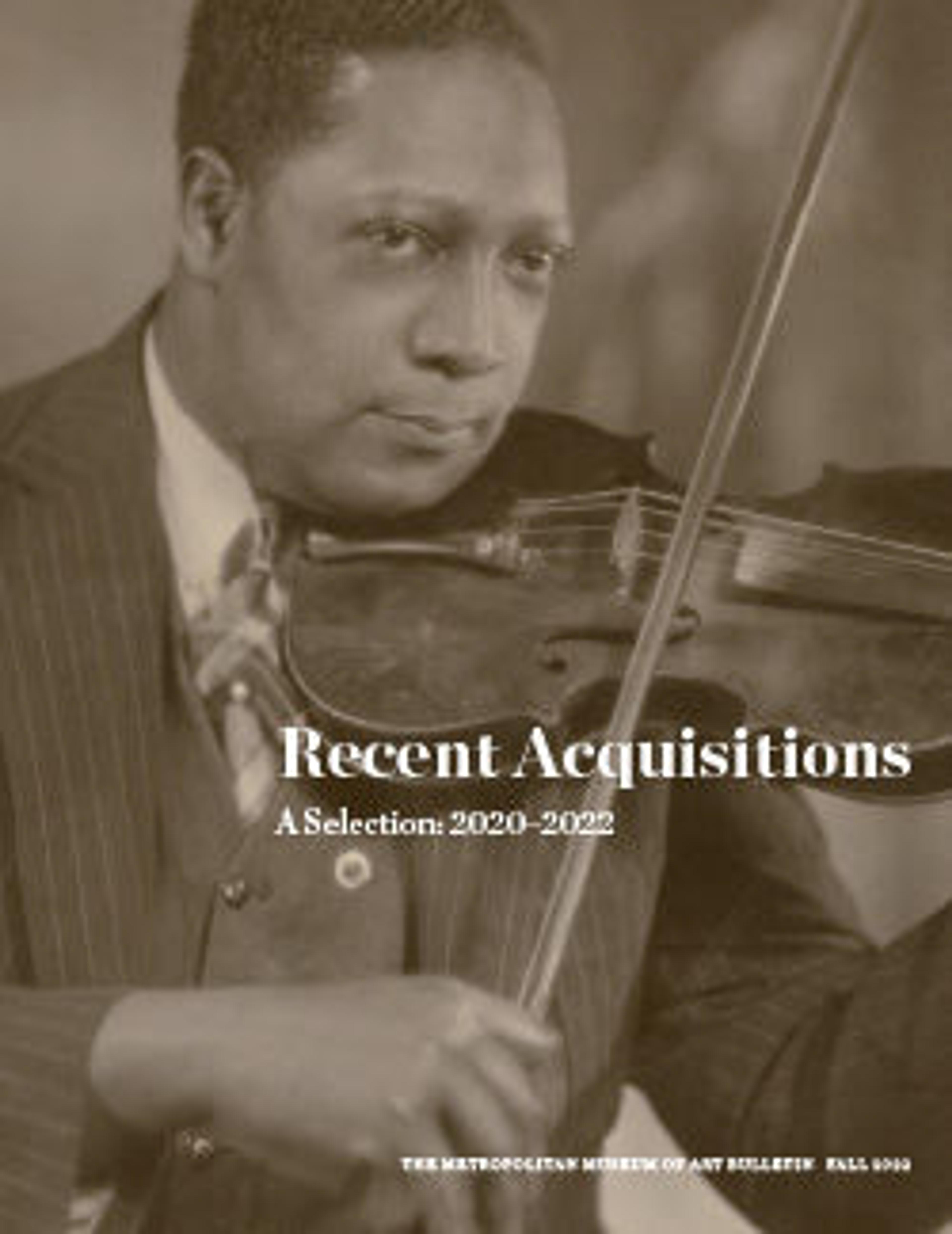Night in Saint-Cloud
This early study dates from the two-year transformational period during which Munch lived and trained in France. It is the only known compositional drawing related to a significant series of works (paintings, pastels, and a print) of the same title featuring the solitary man in a top hat seated in profile by a window at night. The setting is the room the artist rented in Saint-Cloud on the outskirts of Paris, where he moved in December 1889 to escape a cholera outbreak in the city. The shadowy darkness of the room, the bowed and dejected posture of the figure, and the cruciform shadow cast on the floor by the window mullions all contribute to the common interpretation of the work as a psychological self-portrait of the artist mourning the recent death of his father. Munch’s suggestive rather than descriptive use of the graphite pencil obscures detail and produces a hazy, mysterious mood enhancing the sense of loneliness, alienation, and longing conveyed by the drawing.
Artwork Details
- Title:Night in Saint-Cloud
- Artist:Edvard Munch (Norwegian, Løten 1863–1944 Ekely)
- Date:1890–1892
- Medium:Graphite
- Dimensions:9 1/4 × 10 3/4 in. (23.5 × 27.3 cm)
- Classification:Drawings
- Credit Line:Purchase, Charles and Jessie Price and Friends of Drawings and Prints Gifts, 2022
- Object Number:2022.44
- Curatorial Department: Drawings and Prints
More Artwork
Research Resources
The Met provides unparalleled resources for research and welcomes an international community of students and scholars. The Met's Open Access API is where creators and researchers can connect to the The Met collection. Open Access data and public domain images are available for unrestricted commercial and noncommercial use without permission or fee.
To request images under copyright and other restrictions, please use this Image Request form.
Feedback
We continue to research and examine historical and cultural context for objects in The Met collection. If you have comments or questions about this object record, please contact us using the form below. The Museum looks forward to receiving your comments.
